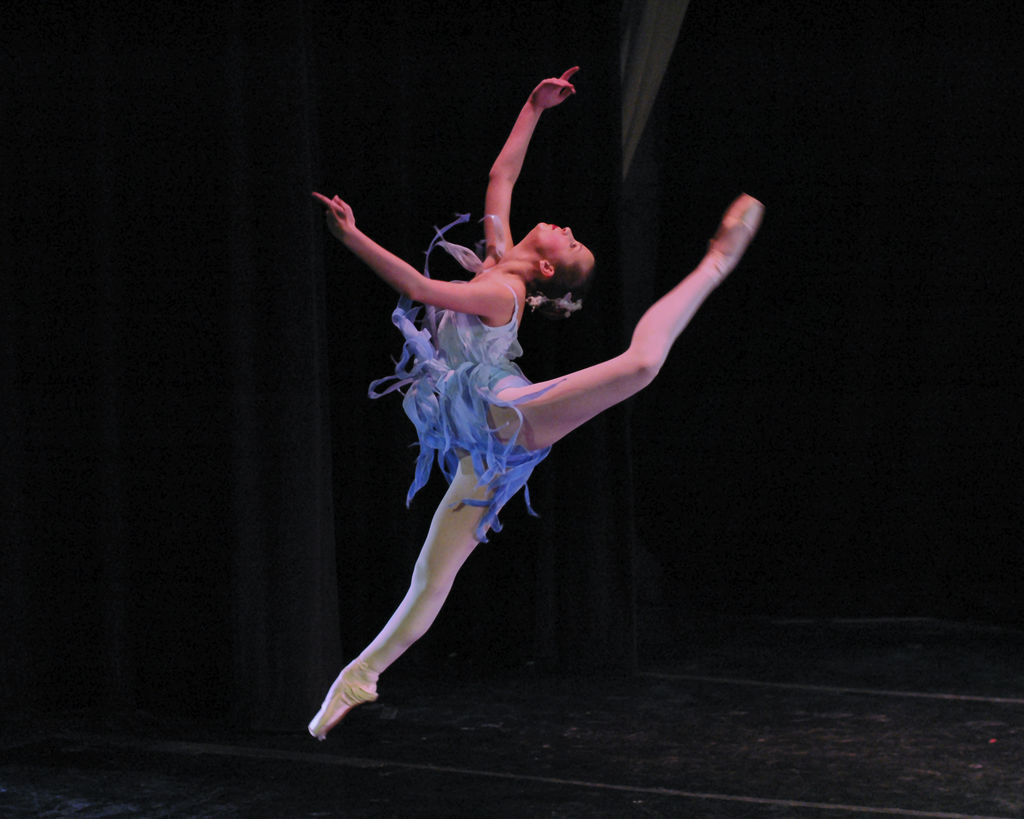The Relationship Between Happiness and Creativity
Teresa Amabile a researcher at Harvard, debunks the myth that emotional pain spurs creativity. “There’s this widespread notion that fear and sadness somehow spur creativity. There’s even some psychological literature suggesting that the incidence of depression is higher in creative writers and artists. The depressed geniuses who are incredibly original in their thinking. But we don’t see it in the population that we studied.”
In a research study, she asked 280 people working in various industries to record emotions they were experiencing on a given day. Her team then studied 12,000 journal entries and found that creativity is positively associated with joy and love and negatively associated with anger, fear, and anxiety.
“The entries show that people are happiest when they come up with a creative idea, but they’re more likely to have a breakthrough if they were happy the day before. There’s a kind of virtuous cycle. When people are excited about their work, there’s a better chance that they’ll make a cognitive association that incubates overnight and shows up as a creative idea the next day. One day’s happiness often predicts the next day’s creativity.” See also The Progress Principle by Amabile
In some cases, a negative mood can trigger creativity. In a study of helicopter manufacturing employees, those who reported experiencing negative moods such as anxiety and unhappiness within the previous week tended to be more creative during that time. Also workers with “high clarity of feeling,” a trait characterized by an awareness of one’s own emotions, especially benefited from the creativity-enhancing effect of negative feelings. (Source: Journal of Applied Psychology )
In my view negative emotions can trigger creativity when we feel compelled to do something about a situation causing pain. For example the impact of extreme weather conditions caused by climate change is creating a sea change in our perceptions and behaviour. Whole new industries are being born to address environmental sustainability. On the other hand, toxic relationships characterized by mistrust and fear, kill creativity.
Perception and mood are key factors in finding innovative opportunities according to Peter Drucker:
“Changing a manager’s perception of a glass from half full to half empty opens up big innovation opportunities. A change in perception does not alter facts. It changes their meaning, though — and very quickly. It took less than two years for the computer to change from being perceived as a threat and as something only big businesses would use to something one buys for doing income tax.
Economics do not necessarily dictate such a change; in fact, they may be irrelevant. What determines whether people see a glass as half full or half empty is mood rather than fact, and a change in mood often defies quantification. But it is not exotic. It is concrete. It can be defined. It can be tested. And it can be exploited for innovation opportunity.”
Source: “The Discipline of Innovation,” by Peter Drucker, Harvard Business Review. Aug 2002
Keeping Your Talent Happy
“Clever people” – brilliant scientists, researchers, and software developers, for example – respond better to a benevolent guardian than to a traditional boss. They need you to protect them, defer to their expertise, recognize their worth, keep them from bureaucratic nonsense, and give them interesting people to talk to. They’ll respect you if you have your own impressive credentials – if you, too, are best in class at something – and if you grant them an extraordinary degree of freedom. Don’t kowtow. Do keep them on a very long and flexible lead.
(Source “Leading Clever People,” by Rob Goffee and Gareth Jones, HBR, March 1, 2007)
How to be Happier
We can enhance our experience of well-being and happiness through creativity. Psychologist and author Mihalyi Csikszentmihalyi, says people focus their life activities in accordance with two powerful motivations. One is the ability to enjoy being creative for the sake of exploration and invention which has over generations enhanced human society’s ability to survive in an unpredictable world. The other is to derive pleasure from comfort and relaxation which allows us to rejuvenate ourselves and to recover our energy in order to maintain overall health and well-being. A balance of these two motivations can lead to enhanced creativity.
Csikszentmihalyi offers these suggestions for enhancing creativity:
* Try to be surprised by something every day.
* When something strikes a spark of interest, follow it.
* Recognize that if you do anything well it becomes enjoyable.
* To keep enjoying something, increase its complexity.
* Make time for reflection and relaxation.
* Look at problems from as many viewpoints as possible.
See also: Happy people have better conversations
Kill the ANTS (Automatic Negative Thoughts)
The thoughts that go through your mind, moment by moment, have a significant impact on how your brain works. Research by Mark George, MD and colleagues at the National Institutes of Health demonstrated that happy, hopeful thoughts had an overall calming effect on the brain, while negative thoughts inflamed brain areas often involved with depression and anxiety. Your thoughts matter.
From Dr Amen: Seven Ways To Optimize Your Brain and Your Life
If you are looking for ways to enhance levels creativity and well-being, in yourself or team, consider private or group coaching.
Related books:
The Progress Principle by T Amabile
Flow: The Psychology of Optimal Experience by Mihaly Csikszentmihalyi



